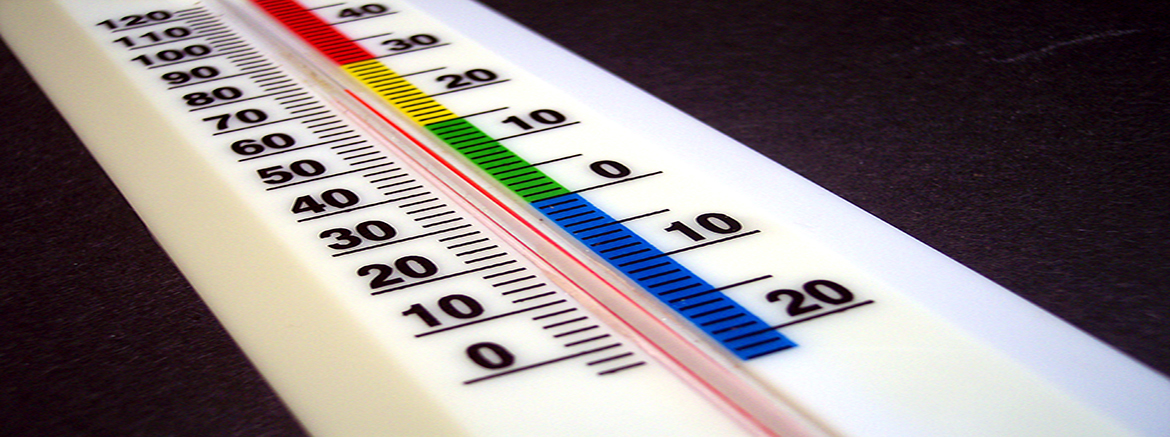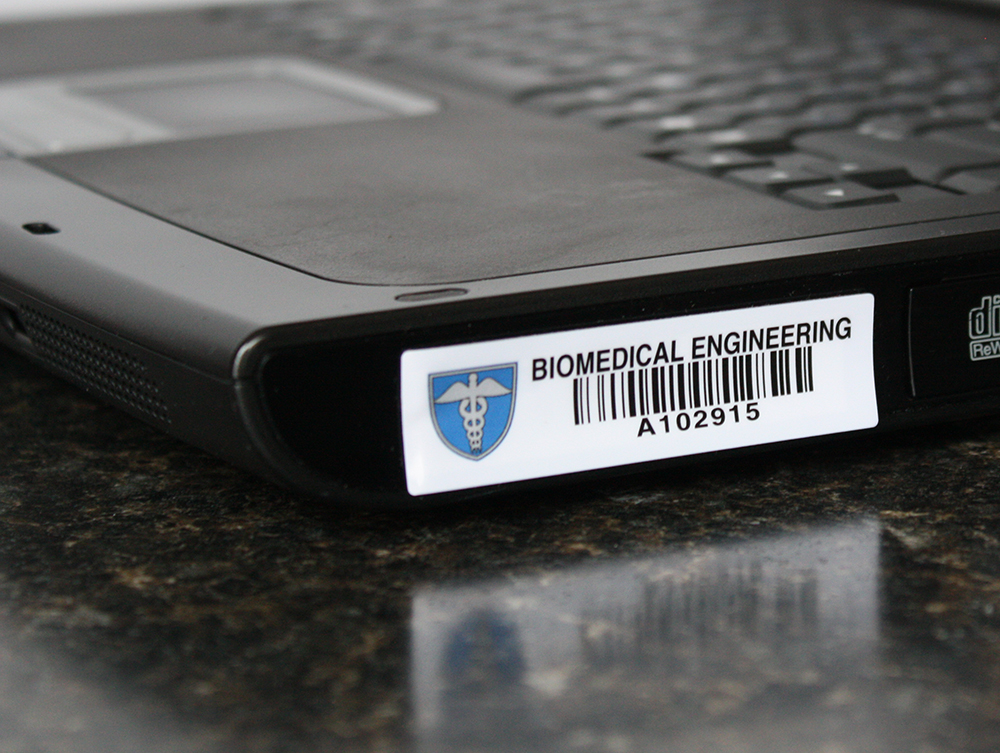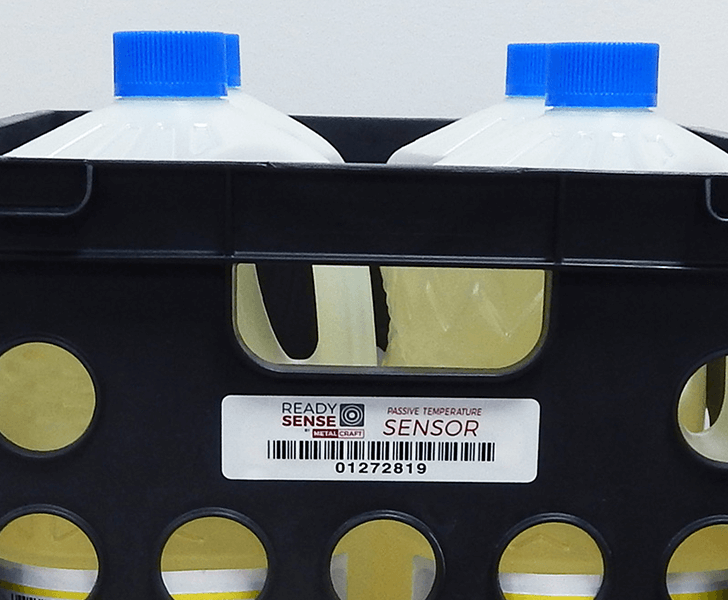RFID and sensors can be used for so many different applications, even measuring temperatures as they fluctuate or moisture levels. This can be critical for certain applications where steady levels need to be maintained. So how does this work?
Passive RFID Sensors measure critical parameters and deliver needed data about objects and environments. Passive sensors are wireless, battery-free sensors that eliminate maintenance and can be placed in almost any environment. Passive tags transmit data when a reader energizes the tag, sending sensor information back to the reader every time the sensor is read.
These types of innovations are what make our RFID solutions ID Made Better®.
The ReadySense Passive RFID Temperature Sensor Tags are much smaller, thinner, and more flexible than battery-powered sensors, and they are more cost-efficient than active wireless sensing tags.
What is the difference between RFID and sensors?
RFID and sensors are both technologies used for data collection and monitoring, but they operate in different ways. RFID relies on radio frequency signals to wirelessly transmit data between RFID tags and readers. RFID tags store data and respond to signals from readers by transmitting their information.
In contrast, sensors are devices that detect and measure changes in physical properties such as temperature, pressure, light, or motion. Sensors typically collect data directly from their environment and often require physical contact or proximity to the object being monitored.
While RFID is more focused on identifying and tracking objects, sensors provide real-time data on environmental conditions or specific parameters.
Each technology has its own advantages and applications, with RFID commonly used for asset tracking and identification, while sensors are employed for monitoring and controlling various physical parameters in a wide range of industries and applications.
What are RFID sensors used for?
RFID sensors combine the capabilities of RFID technology with sensor functionalities to provide real-time monitoring and data collection in various applications. These sensors are used across industries for tasks such as asset tracking, inventory management, and environmental monitoring.
In retail, RFID sensors are employed for tracking inventory levels, reducing stockouts, and improving supply chain efficiency. In manufacturing, they enable automated inventory management, equipment tracking, and quality control. In healthcare, RFID sensors help manage medical equipment, track patient records, and ensure medication adherence.
Environmental monitoring applications include tracking wildlife, monitoring temperature and humidity in warehouses, and managing agricultural resources. RFID sensors offer benefits such as increased automation, improved accuracy, and enhanced visibility into operations, making them valuable tools for optimizing processes and decision-making.
What is an RFID passive sensor?
An RFID passive sensor is a type of sensor that combines passive RFID technology with sensing capabilities. These sensors typically consist of a passive RFID tag with integrated sensors for measuring physical parameters such as temperature, humidity, pressure, or motion.
Like traditional passive RFID tags, RFID passive sensors do not have their own power source and rely on energy from an RFID reader to operate. When activated by the reader's radio frequency signal, the RFID passive sensor collects data from its environment using the integrated sensors and transmits this information back to the reader wirelessly.
These sensors are used in various applications where real-time monitoring of environmental conditions or specific parameters is required, such as cold chain management, food safety monitoring, structural health monitoring, and asset tracking. The integration of RFID technology with sensing capabilities offers advantages such as remote monitoring, reduced costs, and improved efficiency in data collection and analysis.
Is RFID a sensor?
RFID technology is not inherently a sensor. Instead, it's a method for wirelessly identifying and tracking objects using radio frequency signals. However, RFID technology can be integrated with sensors to create RFID sensor systems. These systems combine RFID capabilities for object identification with sensor functionalities for data collection.
For instance, RFID sensors might incorporate temperature, humidity, or motion sensors into RFID tags to gather additional information about the environment or the objects being tracked. So while RFID itself is not a sensor, the integration of RFID with sensor technology expands its capabilities to include environmental monitoring and parameter tracking.
For more information on RFID and sensors contact Metalcraft at 800-437-5283 or [email protected].
From The Asset Tracking Blog
What is RFID? A Basic Guide to Radio Frequency Identification
Integrated chip ... antenna ... substrate .... these are all parts of what makes up and RFID tag. Our guide explains these components as well as takes a look at the different types of RFID tags.

How Passive RFID Temperature Sensors Work
Metalcraft tags, which are much smaller, thinner and flexible than battery-powered sensors, work where other sensors often are not practical. This article discusses how passive RFID temperature sensors work.

RFID Numbering Options
Serialize/unserialized ... barcode and human readable ... we help you sort out your RFID numbering options to choose the best one for your application.

